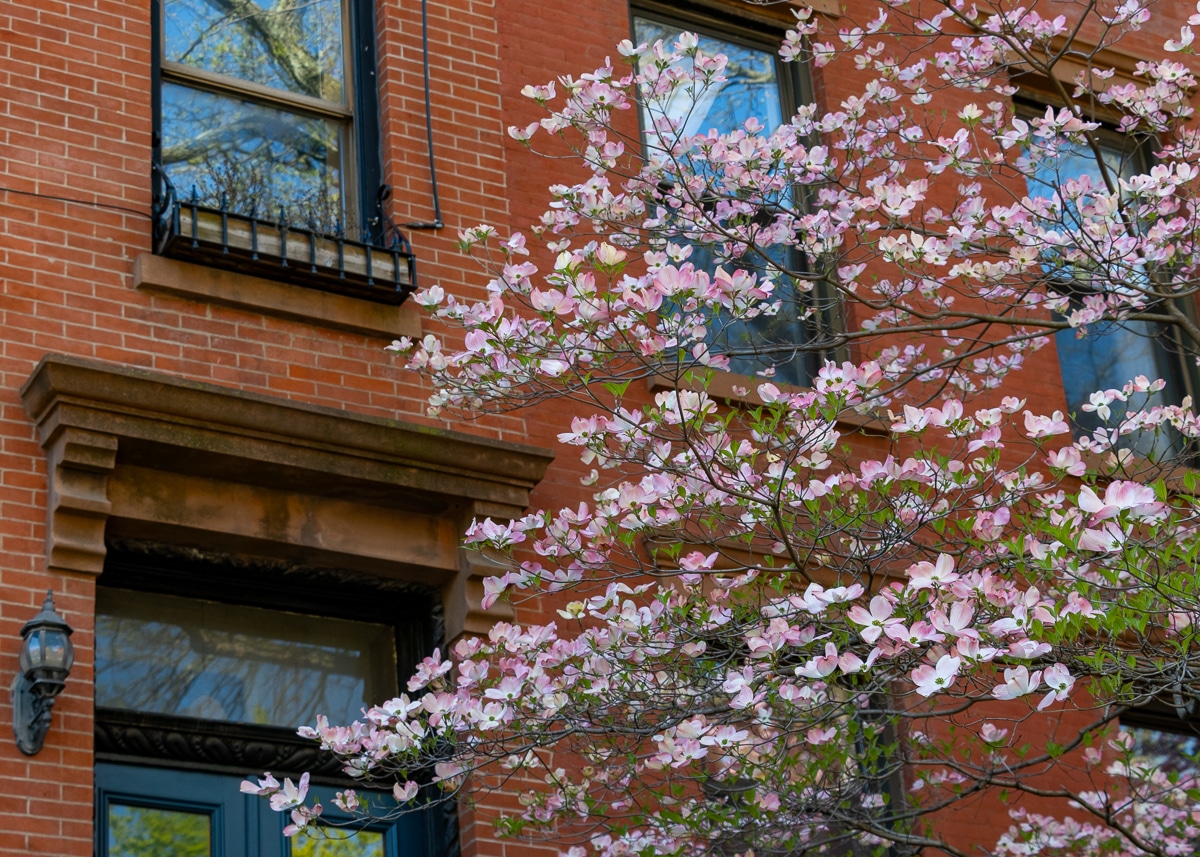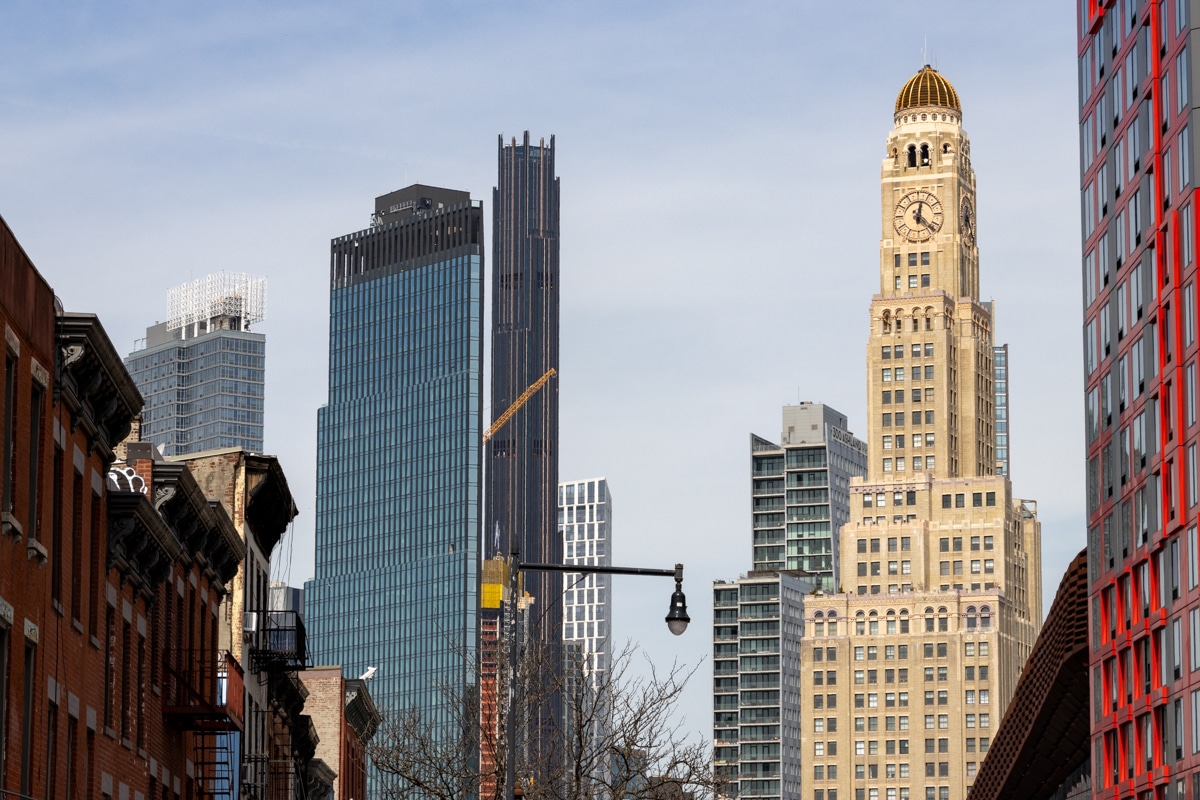Brooklyn’s Architects: Stanford White, Part 1
There were a number of fine architects and firms that shaped the physical parameters of what we now call the Gilded Age, those prosperous years at the end of the 19th century and stretching through the years leading to the first World War. Architectural historians and aficionados can argue about who was best, but for…

There were a number of fine architects and firms that shaped the physical parameters of what we now call the Gilded Age, those prosperous years at the end of the 19th century and stretching through the years leading to the first World War. Architectural historians and aficionados can argue about who was best, but for many people, on top of the list lies the firm of McKim, Mead & White. Their names are synonymous with great wealth, and the homes and monuments to the wealth of robber barons, the City Beautiful, and an age of elegance that has never been matched, even amongst today’s super rich. And no one personified all of those qualities, good and bad, like Stanford White. His life and death are legendary, his architectural legacy impressive, and Brooklyn was the recipient of some of that talent. That’s the topic of today’s story.
Stanford White was born in New York City, on November 9, 1853. His father was Shakespearean scholar and essayist Richard Grant White, his mother, Alexina Black Mease. He was born into genteel upper class comfort, which would later help him as an architect to immediately understand the needs and expectations of his wealthy clientele. He was a talented artist and draftsman, and he began his career as the chief assistant to Henry Hobson Richardson, America’s greatest architect of the time. After six years with Richardson, White travelled to Europe, where he wandered around for fifteen months, making his home base in Paris, with his life-long friend, sculptor Augustus Saint-Gaudens. Upon returning to New York in 1879, he joined Charles Follen McKim and William Rutherford Mead in a partnership that would last until each man’s death.
Because Stanford White was a larger than life character, and also because he was, on his own, extremely talented, people often don’t realize the strengths of his partners in shaping the firm and the firm’s work. Charles McKim was a Harvard graduate, and a student of L’ecole des Beaux-Arts in Paris. He too, had worked for Henry Hobson Richardson, being a few years older than White, and when he left Richardson to start his own firm; a nineteen year old Stanny White had been his replacement.
William Mead, the oldest of the trio, had studied at Amherst College, and was an engineer. He was apprenticed to Russell Sturgis, the “Dean of American Architects.” After his apprenticeship, he had travelled to Florence, where he immersed himself among the architectural masterpieces of the Renaissance. Upon his return, he and McKim began their business with his brother-in-law, William Bigelow, a fellow classmate of McKim’s in Paris. Bigelow left the partnership in 1878, Stanford White joined the next year.
Although all three men designed, William Mead soon took the position as the business manager of the firm, stating that someone had to keep his partners from making fools of themselves. McKim was a strong designer, with a keen understanding of early American buildings and the decorative arts. He was an expert at simplifying forms, and he also had a huge list of clients and connections which he brought to the partnership.
Stanford White was the artist, with the ability to draw anything immediately, enabling his clients, who could not understand floorplans or visualize descriptions, to see what they were getting. He had an immense talent for combining materials, colors and textures, and he brought his love for details and interior decoration to the mix. He was a consummate salesman, likable and gregarious, able to charm his clients and bring them into his vision, making it theirs as well.
While all three men would have probably made a good living individually, as a team, with the partners providing checks and balances to each other, they made history. They also trained the best of the next generation of architects, with some of their employees, such as Frank Helmle, going on to fine careers, specifically here in Brooklyn.
McKim, Mead & White would grow to become a huge firm, perhaps the largest and most important architectural firm in the world, with a staff that grew to more than one hundred people. They were the forerunners of today’s large firms, establishing procedures for handling every aspect of the architectural process. In their first thirty years, they received and executed over one thousand commissions, for all kinds of buildings and projects.
For me, my favorite MM&W buildings are their early Shingle Style homes built as country homes and “cottages” for their wealthy clients in New England and New York. They embody the best of the American Aesthetic Movement and the Arts and Crafts Movement, with the finest materials and interior amenities of the day, including exquisite Tiffany glass, fine woodwork, metalwork, and other details. But for this story, I’d like to point out their work here in Brooklyn, designed in the firm’s able capacity as one of the major shapers of the City Beautiful. And most of it was designed by Stanford White.
The City Beautiful Movement was an idealistic social and civic philosophy given form during the 1893 Chicago World’s Exhibition; the 1893 World’s Fair. The fair would introduce all kinds of innovations, inventions and products into the American and world culture, and one of its lasting features would be the introduction of the White Cities Movement into American society. The fair itself featured gleaming classically-styled Greco-Roman structures, a clean White City gleaming with electric lights, showing the promise of tomorrow.
City planners and urban reformers saw this city as part of an answer to the growing sprawl of the urban centers of the day, cities like New York, filled with the growing numbers of immigrants and poor, all living in the squalor of tenement neighborhoods, with myriad social problems. It was felt that a new, gleaming white city of fine marble and classical splendor would give people civic pride, and encourage thrift, cleanliness, a fine work ethic, and a desire to aspire to greatness, in a beautiful city at par with the finest of European cities. To that end, large, ornate and elaborate buildings were commissioned, and McKim, Mead and White built some of the best of them, including Manhattan’s Municipal Building, Penn Station, the James Farley Post Office, and the campuses of Columbia University, among others.
In Brooklyn, this White Cities-City Beautiful theme was best carried out in the area around Prospect Park. Calvert Vaux had designed the ellipse that leads to the park entrance, but nothing significant was built at that entrance until 1889, when Parks Commissioner George Brower hired MM&W to come up with something impressive to complement the huge arch designed by John Duncan. Stanford White took on the project, and gathered his team together. What they did there changed the plaza from a drop-off point for carriages, and changed the park forever. Stanford White would continue to cut a swath through the park and civic Brooklyn. The conclusion of White’s Brooklyn connection, his other works, and the tabloid headline story of his death, next time.
(Grand Army Plaza in 1894, during construction of the Stanford White installations. Photo: nyc-architecture)











Great article about my hometown! I love anything pertaining to urban planning and urban design.
Great article about my hometown! I love anything pertaining to urban planning and urban design.